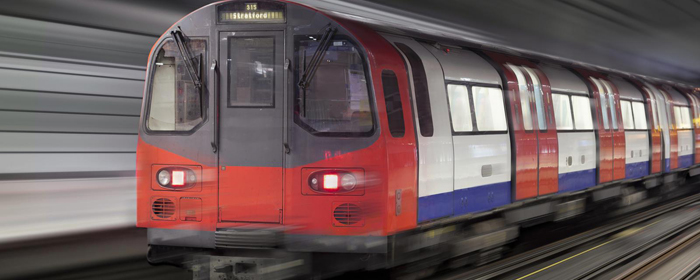For each day of the five-week test, the system captured a full megawatt hour — enough to power more than 100 homes for a year.
In the first experiment of its kind, the London Underground has installed an inverter system that converts braking energy into power. For each day of the five-week test, the system captured a full megawatt hour — enough to power more than 100 homes for a year.
Spread across the entire Tube system, that technology would result in savings of £6m, about $9m. Additionally, regenerative braking doesn’t produce the heat that conventional friction braking does, so the tunnels themselves stay cooler, requiring less energy expenditure on climate control (and keeping Tube riders happier in the process).
This experiment is part of a London Underground initiative that factors whole-life energy costs into every new project, giving engineers a reason to seek lower-consumption options as they plan. They’re doing this because the Tube has plans to increase rider capacity by 30 percent as the city grows, and they’ll need to do a lot more than just put on the brakes if they want to move forward.
More about:
















































